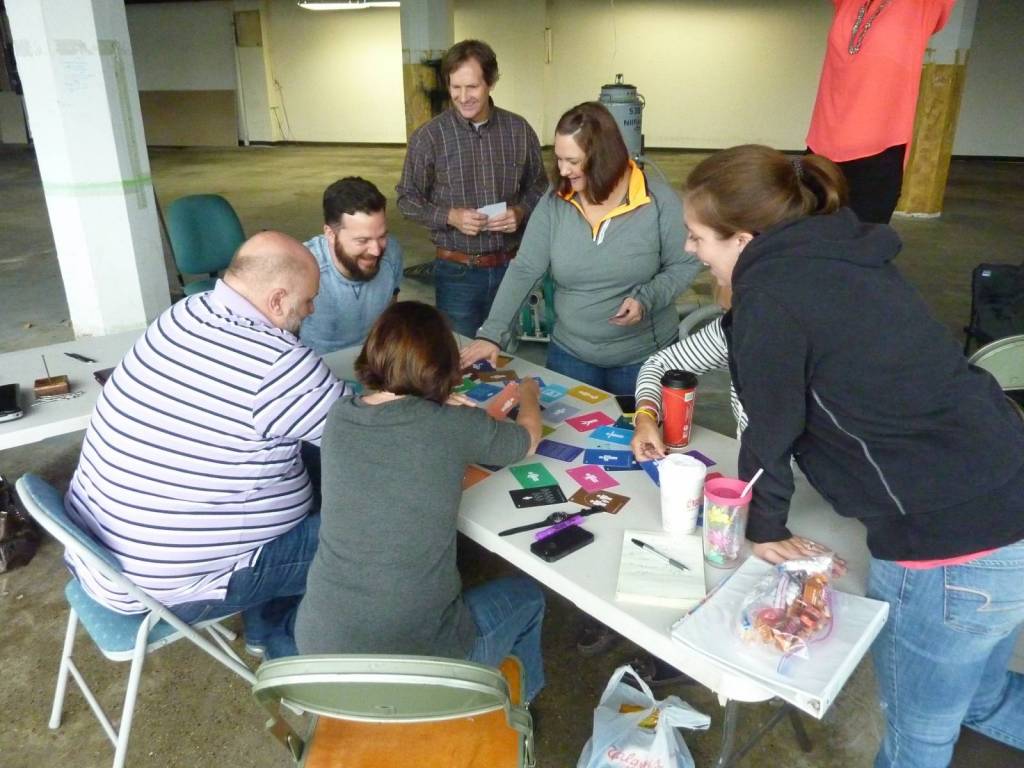
“One of the best ways to improve the quality of teamwork, the researchers found, was to incorporate active involvement into team-building exercises. For organizations, this means that interventions that utilize interactivity and active learning are likely to be more effective than lectures or other forms of passive instruction.” – How To Build A Better Team? New Meta-analysis Says Active Learning
Team building is interpreted through the person, some are looking for recreation, some psychological fixes, some have the hope that social pressure will change one person, others look for ways to improve the team output and work. All are fine and there are many team building consultants that can support the work.
“Bringing a group of highly-skilled individuals together is not sufficient for teams to be effective,” the researchers write. “Rather, team members need to be able to work well together in order for the team to successfully achieve its purposes.”
Currently, from research and evidence, we know that throwing a group of smart people, or ‘A players’, into a room to work as a team does not create a high performing team. Most likely this action will create team dysfunction. Using a metaphor from in systems-thinking, Russel Ackoff’s example of the highest quality pieces of an automobile placed together, and the car will not start, because the pieces are not designed to fit together.
You can find the best people in the world that are talented at the objectives the team needs, stick them in a room and task them to accomplish the defined goals. The chances of the team task being completed on-time, on-budget, on-quality, with the team members still liking each other, and learning some skills – is close to 0%.
Teams perform when the system for team performance is better than the team itself.
How can I create a system for team performance?
Team performance is a topic close to my heart, and I am biased toward teamwork.
Avoid forcing the team to sit through lecture-based learning and development.
- “This suggests that simply providing educational lectures wherein team members passively learn about teamwork is not an effective way of improving teamwork,” McEwan and colleagues write.
Encourage interactive team building learning and development. “
- “One of the best ways to improve the quality of teamwork, the researchers found, was to incorporate active involvement into a team-building exercise.”
Provide organizational and managerial support for the team
- A team will lose energy, and stories that reinforce good or bad teamwork will emerge from how an organization designs these supports. When a team is excited about its work and all set to implement, it is shattering to fail because the organizational support required cannot be obtained.
Support progress through a shared and practiced team performance model
- Teams that are high-performing and produce consistent results come from a purposeful process and method that includes both behaviors and tasks. These align with the goals, values, and commitments discussed, coached, and evaluated throughout the team’s lifespan.
Follow up on support and progress.
- Follow-up is about showing that the task is important and allows the team leader or manager to predict better the workflow and longer goals that keep the company and team working.
Teams work when the organization supports team learning. Decreasing lecture-based team building and increasing active team building works to create high-performing teams.

